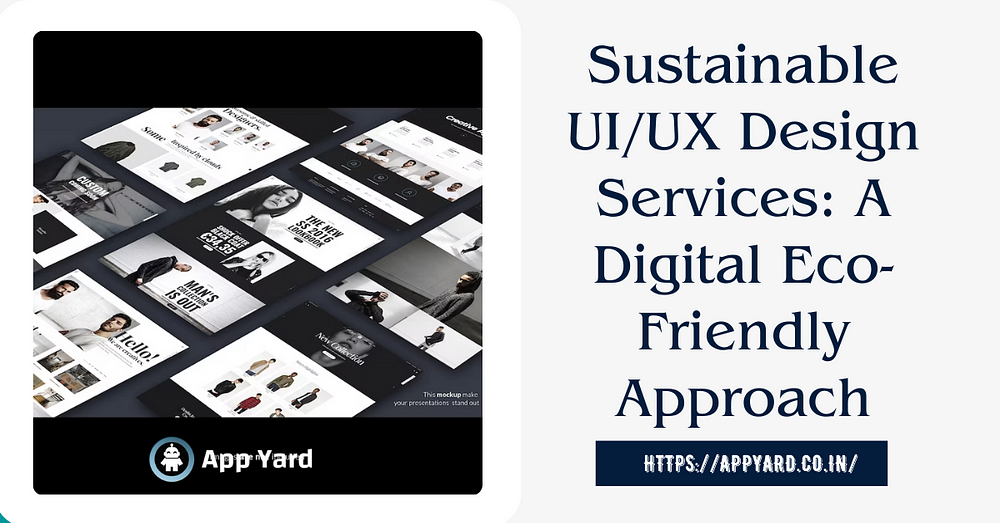Sustainable UI/UX Design Services: A Digital Eco-Friendly Approach
In today’s digital landscape, the concept of sustainable UI/UX design has emerged as a crucial consideration for companies looking to differentiate themselves and reduce their environmental footprint. As the digital industry continues to grow, it is essential to address the energy consumption and carbon footprint associated with web development and design.

Understanding Sustainable Design in the Digital Space
Sustainability in digital design involves creating websites and applications that minimize environmental impact while maximizing efficiency and user experience. While the internet consumes a significant amount of electrical energy, there are ways to mitigate this impact through sustainable design practices.
The Importance of Sustainable Web Design
Opting for sustainable web design not only benefits the environment but also offers long-term durability and effectiveness for your digital presence. By prioritizing efficiency and eco-friendliness in design, companies can set themselves apart in a crowded digital marketplace.
Key Considerations for Sustainable Web Design
1. Efficient Page Weight: Keeping the size of web pages to a minimum is essential for maintaining speed and efficiency. Lighter pages load faster, improve user experience, and contribute to better search engine rankings.
2. Lazy Loading: Implementing lazy loading techniques can help prioritize content and images, loading additional elements as needed. This approach not only enhances user experience but also reduces energy consumption by minimizing unnecessary loading.
3. Content Strategy: Focusing on text and image-based content over heavy multimedia formats like videos can help reduce page size and enhance sustainability. Aligning content with business objectives while considering user preferences and budget constraints is key.
4. Green Hosting: Choosing a hosting provider that prioritizes eco-friendly technology can further support sustainable web design efforts. Tools like The Green Web Foundation can help identify hosting providers with green practices.
5. Responsive Design: Embracing responsive design and prioritizing mobile-first approaches ensure that websites are optimized for various platforms and devices. A user-centric design approach enhances efficiency and usability.
6. Usability Planning: Designing a seamless user experience that minimizes energy consumption and maximizes speed is crucial for sustainable web design. Identifying and addressing user error points and streamlining navigation contribute to efficiency.
7. Optimized Code: Front-end optimization techniques such as script minimization, file compression, and reducing HTTP requests play a significant role in sustainable web design. Tools like Google Page Speed can help assess and improve page loading times.
Promoting a Greener Digital Future
By incorporating sustainable design practices into web development, companies can reduce their environmental impact, enhance user experience, and improve overall efficiency. Embracing eco-friendly UI/UX design not only aligns with consumer preferences for environmentally conscious solutions but also contributes to a positive digital footprint.
Website: https://appyard.co.in/
Medium: https://medium.com/@bhagyashrie1/top-website-design-trends-for-2024-f121c5d8f059
Blogger: https://appyardservice.blogspot.com/
Instagram: https://www.instagram.com/appyardofficial/
LinkedIn: https://www.linkedin.com/company/appyard/

Comments
Post a Comment